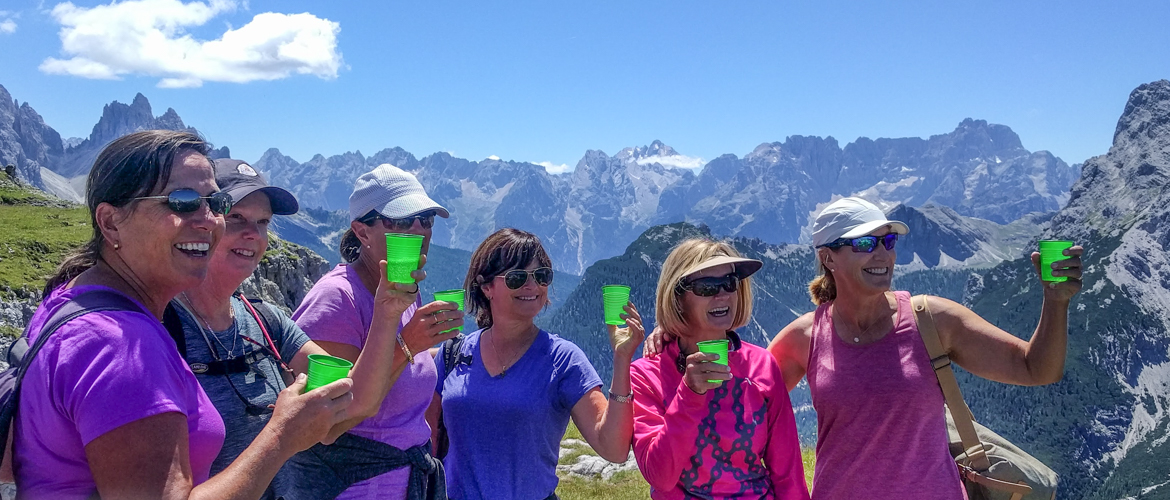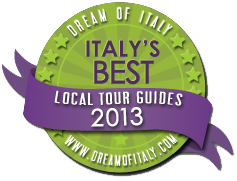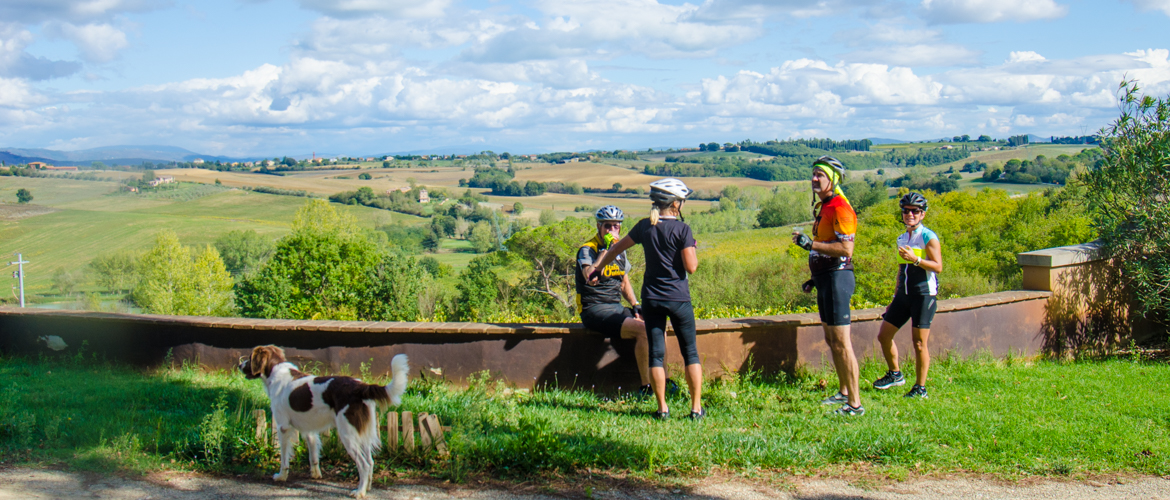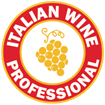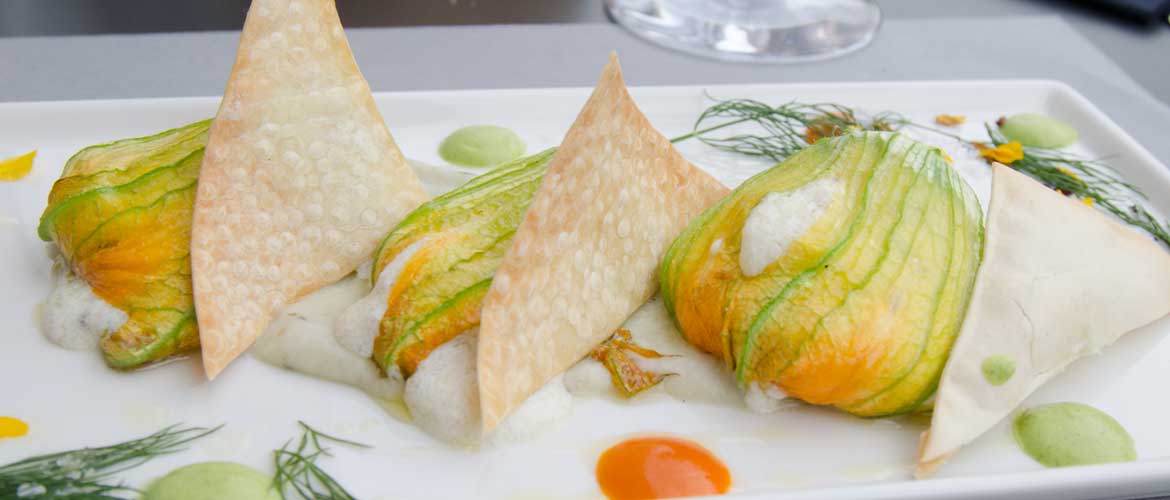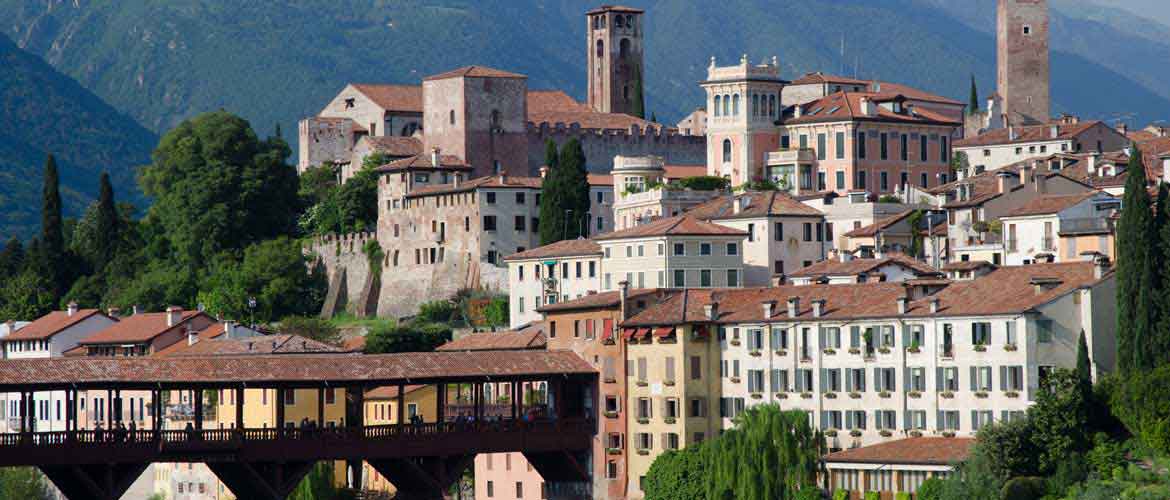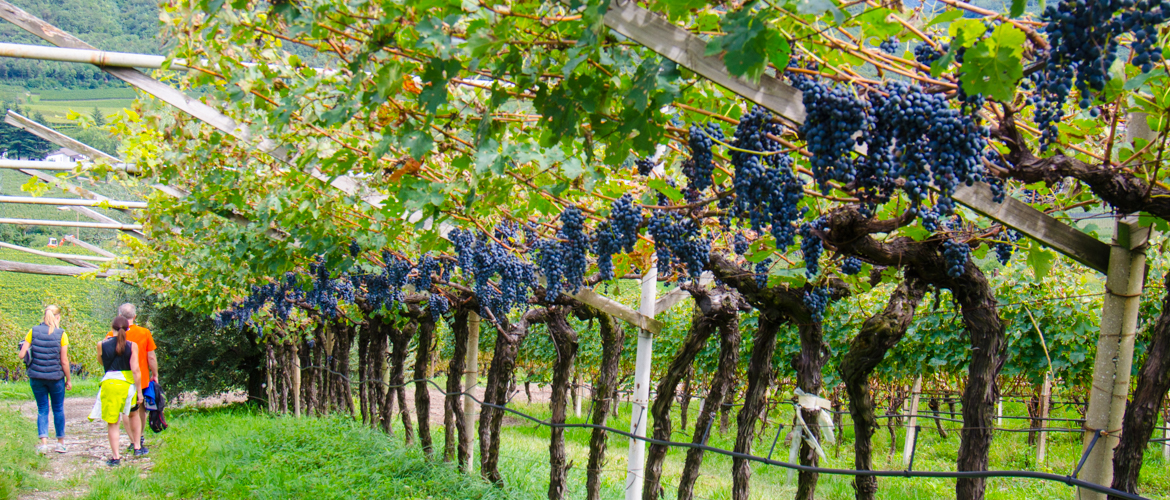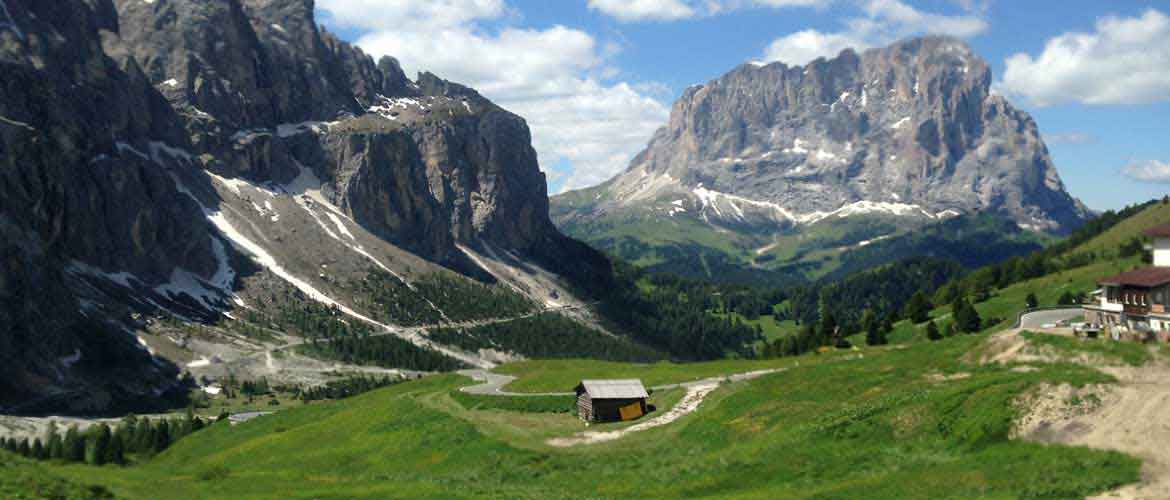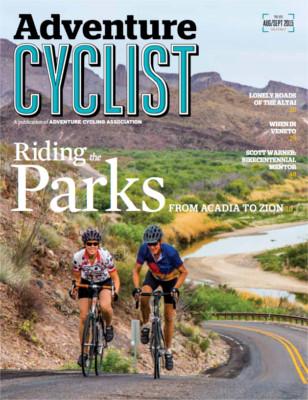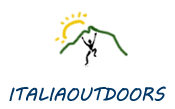The Valpolicella wine zone is located in the province of Verona, east of Lake Garda, and north of the Adige River. The hills in this region are used for agriculture (predominately grapes, of course) as well as marble quarrying. The volcanic hills and alluvial valleys here in this region provided a variety of terroir for viticulture.
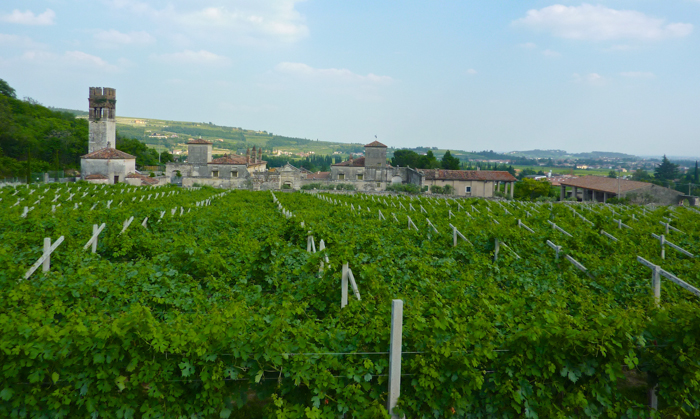
Winemaking in Valpolicella dates back to at least the times of the ancient Greeks. The Valpolicella and Amarone tradition of using dried grapes was known as the “Greek style” of wine production. Roman writers such as Cassiodorus refer to wines from this region, and during the Venetian trading period with the Byzantine Empire, one of the products regularly transported were wines from Valpolicella. The name itself, Valpolicella, is most commonly believed to be derived from Latin and Greek, “valley of many cellars”.
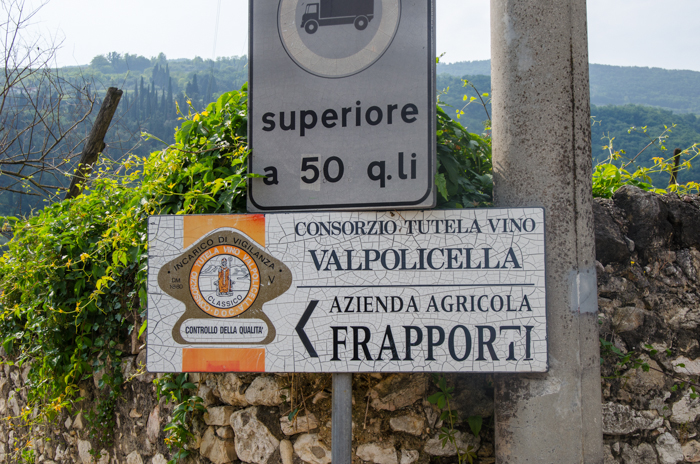
Winemaking in Italy in the late 1800s experienced a series of challenges - phylloxera and other blights, as well as political upheavals related to Risorgimento and later, World War I. Valpolicella emerged from all of this in fairly good order. In the 1950‘s, the dried grape Amarone tradition was reintroduced to the area, and in 1968 Valpolicella received its own DOC official quality recognition.
The DOC designation did have its downside, as it was accompanied by a large expansion of the vineyards that were to be included in the DOC region. Many of these areas were down on the flat, more fertile plains. Good grapes need to work a bit to survive, and although the yield increased in the plains, the quality of the grapes decreased. Also, the DOC allowed the use of lower quality blending grapes such as Rondinella and Molinara. The costs of viticultural in the original hillside fields became more expensive, and many of these were abandoned. The result of these trends was a lower quality wine, and the price and sales of Valpolicella decreased accordingly.
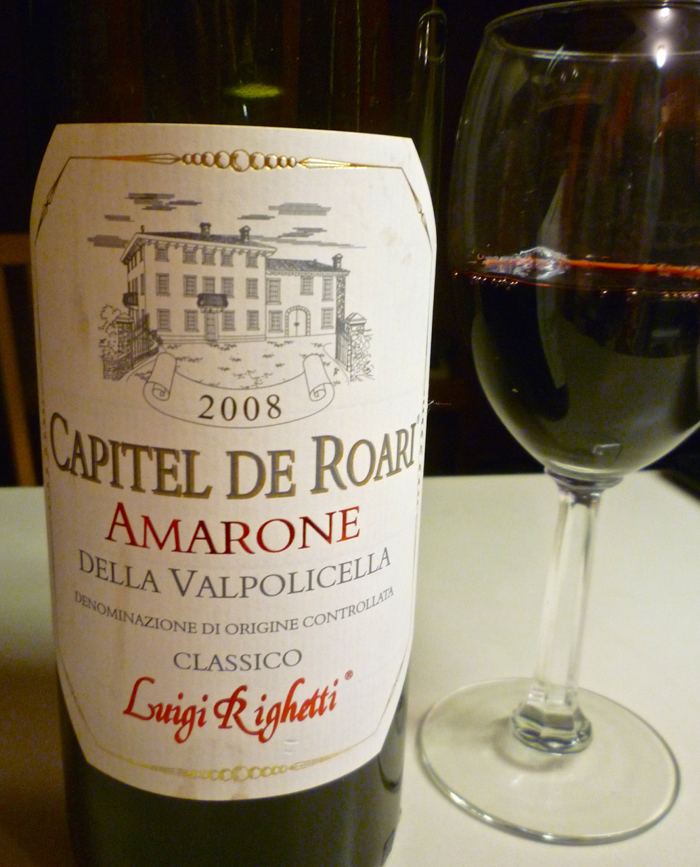
This trend was reversed in the 80s and 90s due to the wine industry’s rediscovery of Amarone. The demand for this wine increased significantly, and the grapes used for its production began to command premium pricing. Now, it became profitable again to return to cultivate these high altitude locations, even with their lower yields. The region began to attract new winemakers, who brought with them advanced techniques and improvements in viticulture. These innovations found their way into the production of Valpolicella. Also, in 2003 the DOC elected to do away with the mandatory requirements for blending, so the use of poorer quality blending grapes is no longer necessary.
In December of 2009. the original Valpolicella hillside production zone received the highest quality wine designation available in Italy, the DOCG. Today, this DOC ranks second in Italy in total production, behind Chianti.
Whites
None - all of the DOC wines from this region are red.
Reds
Corvina grape, optionally blended with the following: Rondinella, Molinara, Corvinone, Rossignola, Negrara, Barbera, Sangiovese, even the indigenous grape Oseleta. There are several different styles of Valpolicella wines, ranging from light to full-bodied, dry to sweet to sparkling.
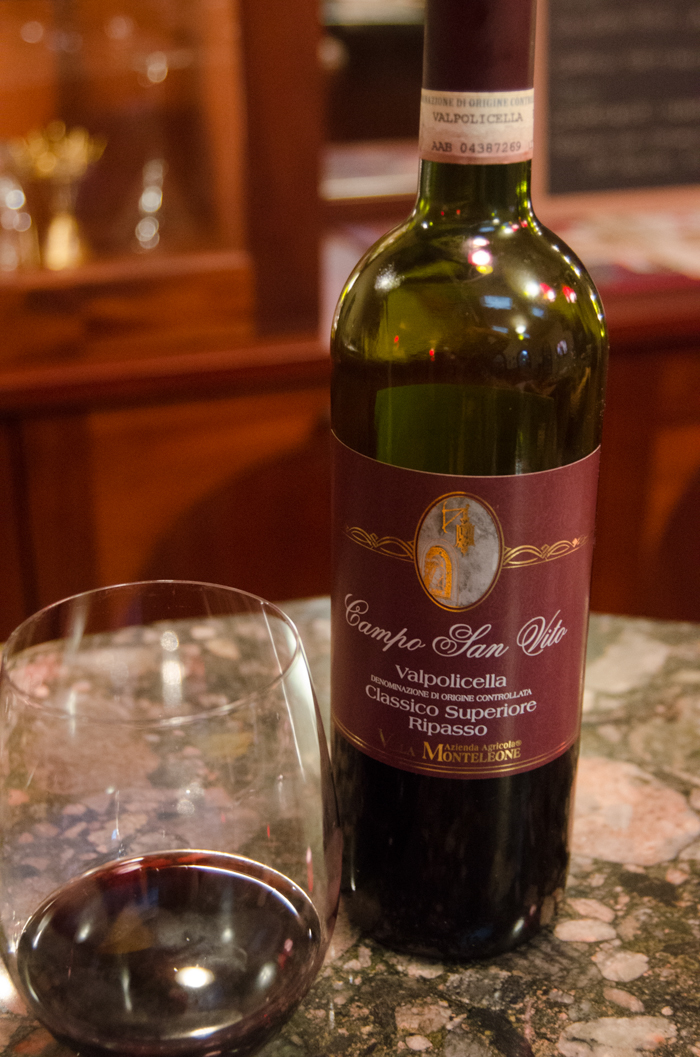
Valpolicella DOC: a lighter bodied wine, similar in style to a Beaujolais, and served young. A tart, sour cherry type flavor, with a lower alcohol level of around 11%. Dry and smooth, slightly bitter, aromatic. A good all-occasion wine.
Valpolicella Classico DOC: a Valpolicella from the ‘classic’, or original hillside vineyards, including the town Negrar, Marano, Fumane, S. Ambrose, S. Peter Cariano.
Valpolicella Superiore DOC: To earn the Superiore designation, the wine must be aged at least 12 month in wood, and reach an alcohol level of 12%.
Valpolicella Classico Superiore DOC: Wine from vineyards in the ‘classic’ region, with the additional aging. More robust, dry, full-bodied with a long finish. Pairs well with stews, braised meats and game.
Valpolicella Valpantena and Valpolicella Valpantena Superiore DOC: Valpantena refers to a specific geographical region within the Valpolicella DOC. Pairs well with game and roast chicken
Recioto della Valpolicella DOC: The name ‘recioto’ comes from ‘recie’, meaning ears in the local dialect. The ‘ears’ of the grape bunch are those lobes on the top, which receive the most sunlight, and are therefore riper and drier, with more concentrated sugars. These are separated from the remainder of the bunch, and are used to produce this sweet dessert wine. Today, this process is a bit more efficient, as the entire bunch is picked and the grapes are air dried in a room to concentrate the sugars. There are also Classico and Valpantena, as well as Spumante versions of this DOC. Pairs well with desserts and hard cheeses
Amarone della Valpolicella DOCG: The original Amarone (from amara, or bitter in Italian) wines were produced accidentally - a Recioto wine taken a bit too far. Fermentation of wine is the process of converting sugar to alcohol. In Recioto wines, the fermentation process is stopped before all the sugar is consumed, resulting in a sweet wine. In the case of Amarone, the fermentation process continues until the sugar is totally consumed, resulting in a dry, high alcohol, full-bodied wine. The first dry Amarone wines were produced in the early 1950s, and today specialized strains of yeast are used to insure the total conversion of sugar to alcohol. A dry, full-bodied red wine like Amarone usually hails from more southern regions, and is rarely found in a cooler climate such as this. In more southern locals, their longer growing season allows the grapes plenty of time to ripen on the vine. Other late harvest wines rely on the botrytis mold to desiccate the grape and concentrate the sugars. In the unique case of Amarone, the grapes are the last to be picked in this zone, and then spend the next three to four months in drying rooms, being carefully desiccated to avoid mold and rot. This technique (passito) produces a raisin that has the acid balance characteristic of grapes from cooler climates. Amarone wines are then aged in wood barriques for several years, some up to five years, before release. The resulting wine is full-bodied and rich, with hints of port wine, dark chocolate, coffee, and fig. It is usually paired with hearty red meat dishes, or with strong aged cheese such as Parmigiano-Reggiano. There are also Classico and Valpantena version of this DOC as well. Drink with roasts and wild game.
Ripasso della Valpolicella DOC: Another new innovation in wine production, introduced by Masi in the early 1980’s. Here, the leftover grape skins and seeds from the Recioto and Amarone fermentation process are added to Valpolicella, and the mixture is allowed to macerate for an extended period of time. Ripasso della Valpolicella wines are fuller-bodied, with a higher alcohol content. Today, most Amarone producers produce a Ripasso wine as well, and the Ripasso wine was also awarded its own DOC status in 2009.


